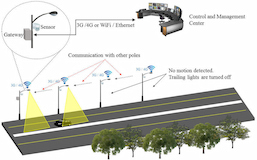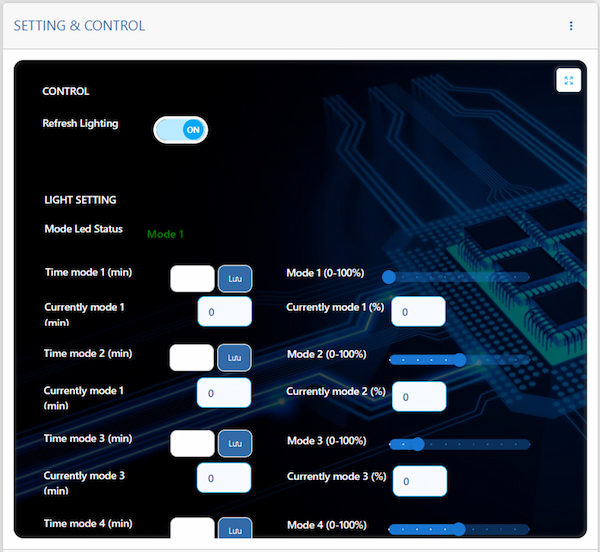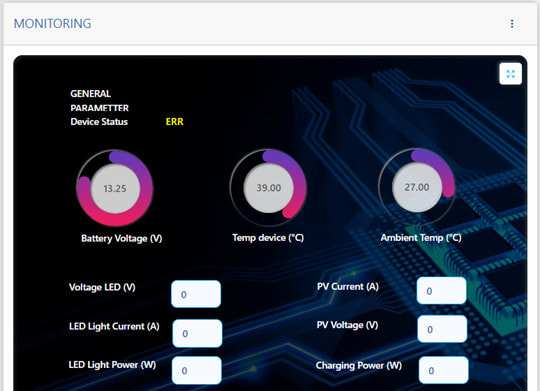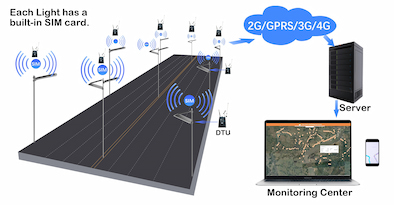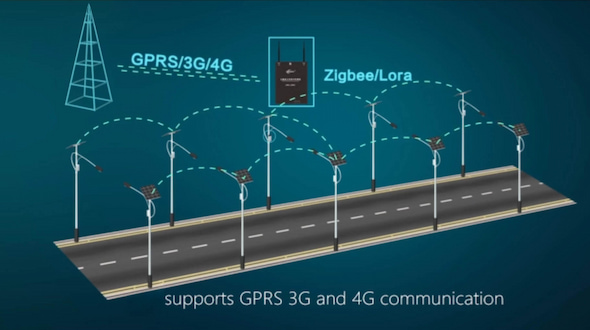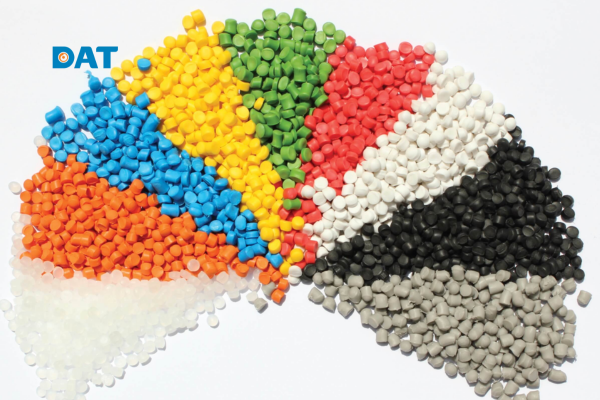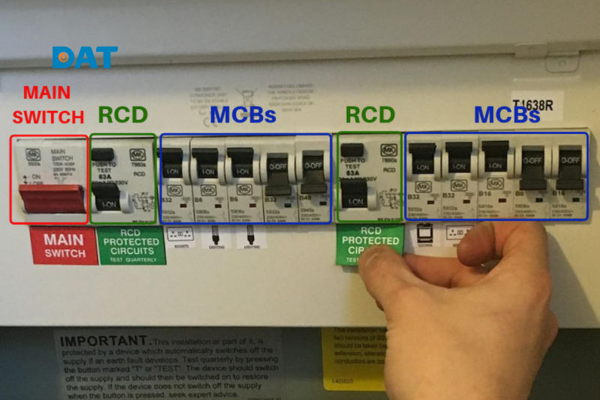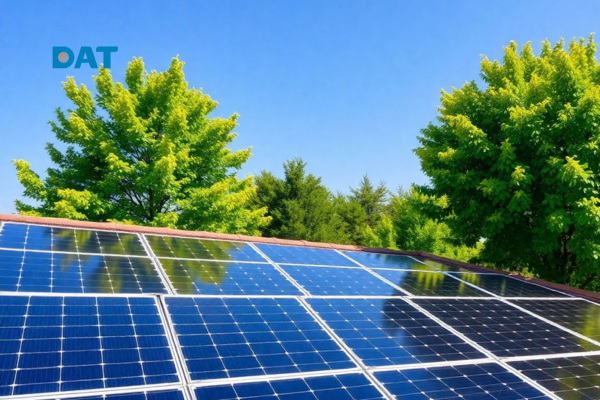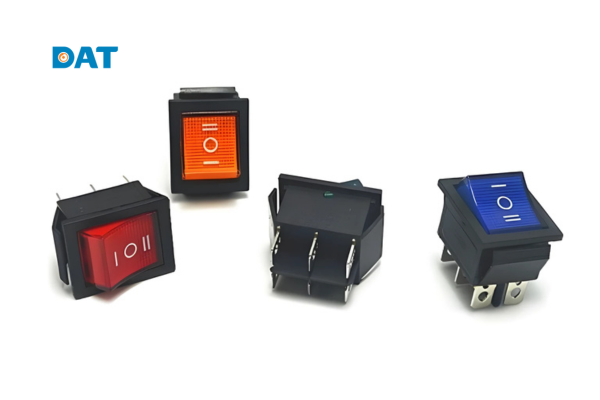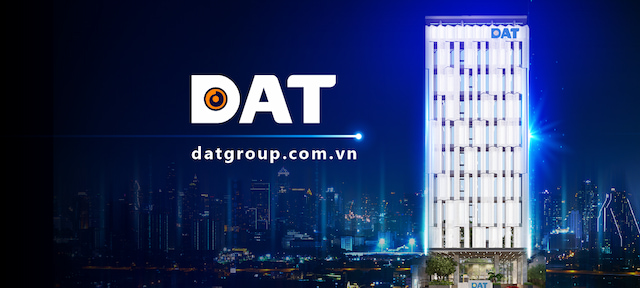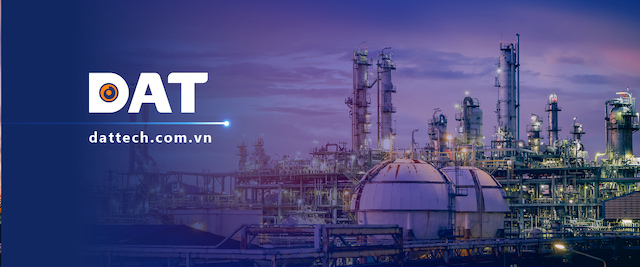IOT Solar Light: Tương lai của chiếu sáng thông minh
Trong kỷ nguyên công nghệ 4.0, sự hội tụ của Internet vạn vật (IoT) và hệ thống chiếu sáng năng lượng mặt trời đã mở ra một kỷ nguyên mới về tính kết nối bền vững và trí thông minh nhân tạo. Sự kết hợp của hai công nghệ đột phá này đã tạo ra khái niệm “Hệ thống IoT Solar Light”, giải pháp giám sát chiếu sáng thông minh, giúp tiếp kiệm lên đến 70% so với các hệ chiếu sáng truyền thống. Ngoài ra, IoT cũng là tiền đề cho sự phát triển của các thành phố thông minh.
Hệ thống đèn chiếu sáng IoT Solar Light là gì?
Hệ thống IoT Solar Light là một sản phẩm kết hợp giữa công nghệ IoT (Internet of Things) và hệ thống chiếu sáng năng lượng mặt trời (Solar light) có lưu trữ, cùng với đó là các cảm biến (cảm biến chuyển động, cảm biến thời tiết, các trung tâm đo lường…) để tạo ra một hệ thống chiếu sáng thông minh và tiết kiệm năng lượng.
Giải pháp được xây dựng trên nền tảng mạng không dây LoRa hoặc 4G phù hợp nhiều điều kiện khác nhau, kết nối, theo dõi một cách trực quan và kịp thời toàn bộ hệ thống.
Giải pháp do DAT Group xây dựng và phát triển, không chỉ kết nối với hệ thống chiếu sáng mà còn phù hợp cho các giải pháp khác do DAT Group cung cấp, tất cả tạo thành một hệ thống thông minh và toàn diện.
Các chức năng chính của hệ thống IoT Solar Light
Chức năng điều khiển:
Bao gồm tính năng điều khiển bật tắt hoặc điều khiển tăng giảm độ sáng. Điều này giúp việc cài đặt chế độ bật tắt đèn hoặc tăng giảm độ sáng đèn của từng trụ hay toàn dự án. Ứng dụng trong các trường hợp yêu cầu phải thay đổi độ sáng tức thì.
Chức năng cài đặt:
Chức năng này giúp việc cài đặt độ sáng, khung thời gian sáng trở nên dễ dàng hơn. Hỗ trợ điều chỉnh hàng loạt đèn trong dự án theo các yêu cầu về tính chất riêng biệt của các mùa, thời tiết khác nhau.
Chức năng giám sát:
Theo dõi trạng thái hoạt động và các thông số đèn như:
- Theo dõi trạng thái hoạt động của đèn.
- Theo dõi vị trí đèn, nhóm đèn hay dự án.
- Điện áp và dòng điện hoạt động của đèn.
- Điện áp và dòng điện sạc xả pin lưu trữ.
- Điện áp và dòng điện tấm pin…
Chức năng cảnh báo:
Cảnh báo các lỗi quá điện áp, quá dòng điện, quá nhiệt, các trạng thái hoạt động bất thường và ghi chép lịch sử lỗi hệ thống nhằm có biện pháp kiểm tra, thay thế kịp thời.
Chức năng quản lý:
Hỗ trợ phân quyền người dùng thành 2 mức, bao gồm:
- Tài khoản Quản lý (Admin) có thể cài đặt điều khiển và tạo tài khoản người dùng (User).
- Tài khoản Người dùng (User) chỉ xem được các trang thống kê.
Các chức năng khác:
Ngoài ra còn có thể kết hợp trí tuệ nhân tạo (AI) và các thiết bị khác trong thành phố thông minh để có các chức năng chuyên biệt hơn như:
- Theo dõi mật độ xe, từ đó thay đổi độ sáng theo lưu lượng xe.
- Giám sát thời tiết trong các ngày trời có sương mù, bụi bặm hoặc mưa kéo dài… để có các giải pháp chiếu sáng phù hợp hơn.
Để biết thêm thông tin về đèn Sokoyo, giải pháp giám sát IoT và kết nối, hợp tác cùng DAT Group triển khai nhiều dự án chiếu sáng năng lượng mặt trời thông minh, Quý Khách hàng, Quý Đối tác vui lòng liên hệ Hotline 1800 6567 (miễn phí cước) để được tư vấn, hỗ trợ 24/7.
Giải pháp giám sát IoT do DAT Group phát triển
Hiện tại, hệ thống IoT Solar Light do DAT Group phát triển được xoay quanh 02 giải pháp chính là 4G và LoRa.
Giải pháp 4G
(1) Mỗi bộ đèn cần một module truyền thông 4G kết nối với bộ điều khiển hoạt động đèn.
(2) Module kết nối với máy chủ qua mạng 4G…
(3) Máy chủ chia sẻ với các thiết bị đầu cuối: điện thoại, PC… qua Internet
Giải pháp LoRa
(1) Mỗi bộ đèn cần một module truyền thông LoRa kết nối với bộ điều khiển hoạt động đèn.
(2) Module kết nối với Gateway thông qua LoRa.
(3) Cổng Gateway kết nối với máy chủ qua mạng 4G…
(4) Máy chủ chia sẻ với các thiết bị đầu cuối: điện thoại, PC… qua Internet.
Mỗi giải pháp sẽ có những ưu và nhược điểm khác nhau, tùy vào thực tế của từng dự án để chúng ta có thể lựa chọn giải pháp phù hợp với nhu cầu, thỏa các điều kiện và mang đến hiệu quả tối ưu nhất.
| PHƯƠNG THỨC GIAO TIẾP | 4G | LoRa |
| Khoảng cách kết nối | >10km | 1000m – 2000m |
| Bộ điều khiển trung tâm/Gateway | Không: dữ liệu được truyền trực tiếp tới Server | Có: dữ liệu được truyền tập trung tới Server thông qua Gateway |
| Mức tiêu thụ năng lượng | Cao | Thấp |
| Độ phức tạp khi thi công | Thấp | Cao |
| Khả năng hoạt động trong các môi trường nhiều vật cản | Tốt | Kém |
| Chi phí duy trì dự án | Cao (20Mb / tháng / đèn) | Thấp (100 Mb / tháng / Gateway) |
| Ưu điểm |
|
|
| Nhược điểm | Chi phí cho bộ module giao tiếp và chi phí truyền tín hiệu tương đối cao. |
|
| Nên chọn khi nào? |
|
|
Trong bối cảnh nguồn tài nguyên hạn chế và tình hình biến đổi khí hậu ngày càng nghiêm trọng, cùng với đó là định hướng của Chính phủ, khuyến khích ứng dụng năng lượng tái tạo, sử dụng điện mặt trời và công nghệ IoT là một bước đi đúng đắn, góp phần thúc đẩy phát triển xã hội bền vững, hiện đại hóa hệ thống chiếu sáng giao thông.
Để biết thêm thông tin về đèn Sokoyo, giải pháp giám sát IoT và kết nối, hợp tác cùng DAT Group triển khai nhiều dự án chiếu sáng năng lượng mặt trời thông minh, Quý Khách hàng, Quý Đối tác vui lòng liên hệ Hotline 1800 6567 (miễn phí cước) để được tư vấn, hỗ trợ 24/7.


